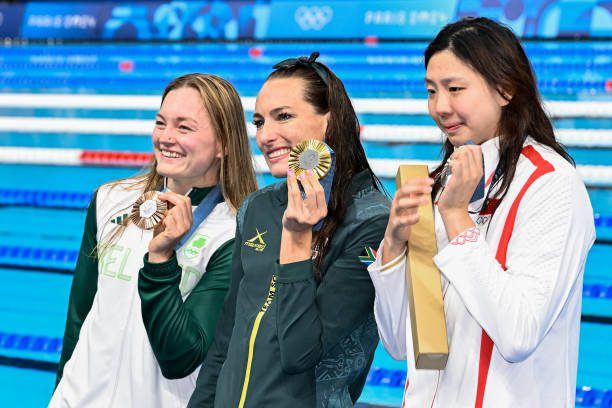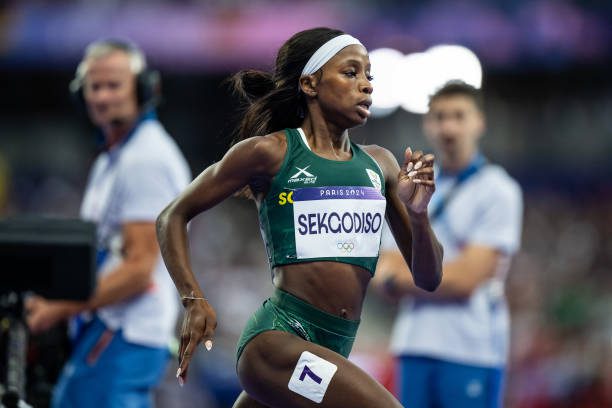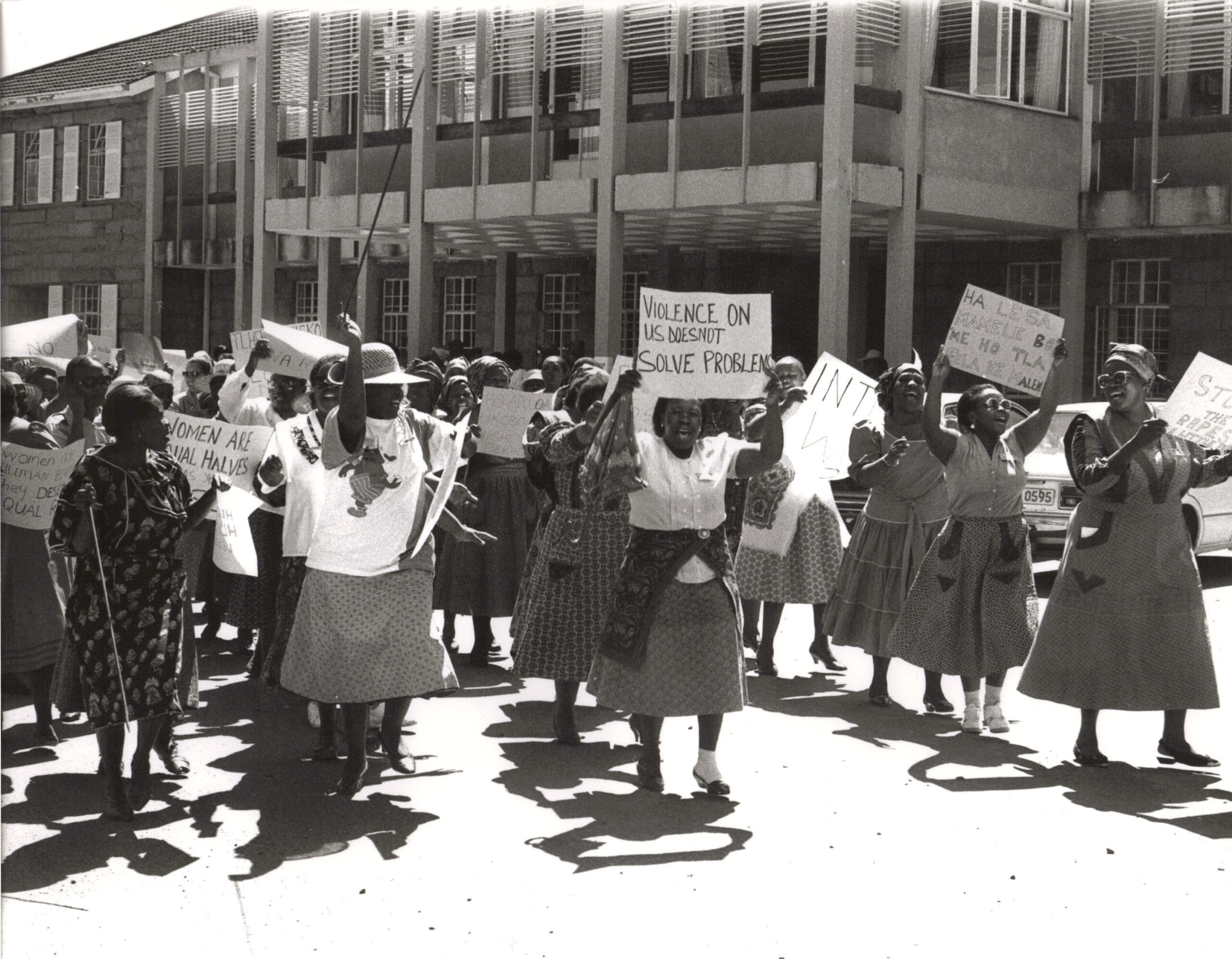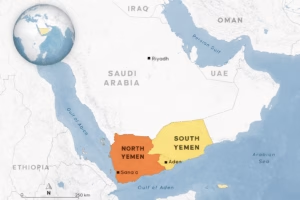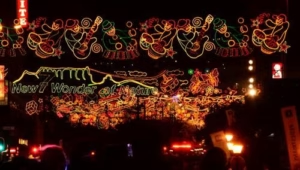Every year on the 9th August, the South Africa celebrates Women’s Day (IWD) to acknowledge and honour women’s achievements, raise awareness about gender inequalities, and promote support for women globally. Here, we address five key questions about this significant day.
The Origins of Women’s Day
The first National Woman’s Day was celebrated on 28 February 1909, organized by the Socialist Party of America to honour the 15,000 women who protested in New York against harsh working conditions and low wages. The idea for a global International Women’s Day was proposed by Clara Zetkin, a women’s rights advocate and leader of Germany’s Women’s Office for the Social Democratic Party, in 1910.
On 19 March 1911, the first International Women’s Day was celebrated, with over a million people in Austria, Denmark, Germany, and Switzerland participating. It wasn’t until 1975 that the United Nations recognized and began celebrating International Women’s Day, promoting recognition of “acts of courage and resolve by ordinary women who have played an outstanding role in the history of their countries and communities.”
Women’s Day in South Africa
Every year on 9 August, South Africa celebrates Women’s Day to honour the role of women in the fight for freedom and equality. This day is distinct from International Women’s Day, celebrated globally on 8 March. Here are key facts and historical insights about Women’s Day in South Africa.
Historical Background
The 1956 Women’s March
The origins of Women’s Day in South Africa date back to 9 August 1956, when over 20,000 women of all races marched to the Union Buildings in Pretoria. They were protesting against the apartheid government’s pass laws, which required black South Africans to carry internal passports that restricted their movement.
“Wathint’ Abafazi, Wathint’ Imbokodo!”
This phrase, meaning “You strike a woman, you strike a rock,” became a powerful slogan symbolizing the courage and strength of women.
The 1956 march was a pivotal moment in South African history, showcasing women’s resistance against oppression. It was organized by the Federation of South African Women (FEDSAW), including notable leaders like Lilian Ngoyi, Helen Joseph, Rahima Moosa, and Sophia Williams-De Bruyn.
In post-apartheid South Africa, 9 August was declared a public holiday to commemorate the 1956 Women’s March and to celebrate women’s contributions to society. It also serves to highlight ongoing struggles for gender equality and women’s rights.
Women played crucial roles in the anti-apartheid movement, often balancing activism with their roles as mothers and workers. They participated in boycotts, strikes, and demonstrations, contributing significantly to the dismantling of apartheid.
Since the end of apartheid, South Africa has made strides in promoting gender equality. Women hold significant positions in government, with policies aimed at increasing female representation in politics and business.
South Africa has implemented various laws to protect and empower women, including the Domestic Violence Act, the Promotion of Equality and Prevention of Unfair Discrimination Act, and the Employment Equity Act.
For South African women, April 2024 marks 30 years since the end of apartheid. During apartheid, a system of legalized racial segregation, women of colour in South Africa were “deprived of their human rights as individuals,” noted scholar Judith Nolde in October 1991.
In April 1994, South Africa held its first free elections, allowing anyone over 18 years old to vote regardless of race. Nelson Mandela’s African National Congress won with over 62 percent of the vote.
“We have, at last, achieved our political emancipation,”
Nelson Mandela declared during his inaugural speech on 10 May 1994 in Pretoria, marking a significant moment in modern history.
“We pledge ourselves to liberate all our people from the continuing bondage of poverty, deprivation, suffering, gender and other discrimination,”
Mandela stated.
However, real change on the ground took many more years. Neliswa Nkani, a woman of colour who navigated through apartheid and its aftermath, highlighted the challenges faced by black women in South Africa.
“It’s crucial to acknowledge that the industry in South Africa underwent transformation only after 2000,”
said Nkani, South African Tourism’s Hub Head for Middle East, India, and Southeast Asia.
In 2002, Nkani became one of the first black professionals to be assigned outside South Africa, challenging industry expectations that doubted the competence of women of colour.
The Symbol and Colours of International Women’s Day
The symbol of International Women’s Day is the female gender symbol, often depicted in purple, green, and white. According to the International Women’s Day website, purple signifies dignity and justice, green represents hope, and white symbolizes purity. These colours originated from the Women’s Social and Political Union (WSPU) in the UK in 1908.
Is It a Holiday?
The observance of International Women’s Day varies by country. In some nations, it is a day of protest, while in others, it serves to promote gender equality. In many countries, International Women’s Day is recognized as an official national holiday. Nations such as Armenia, Belarus, Cambodia, Cuba, Georgia, Laos, Mongolia, Montenegro, Russia, Uganda, Ukraine, and Vietnam observe it as a national holiday. In places like Albania, Macedonia, Serbia, and Uzbekistan, it is combined with Mother’s Day to emphasize the importance of women as mothers.
In China, many women receive a half-day off work, and in Italy, the day is celebrated by giving mimosa blossoms.
Historical Significance in Russia
In 1917, the celebration of Women’s Day in Russia was pivotal in gaining women the right to vote. Women in Russia marked the day by striking for “bread and peace” to protest World War I and advocate for gender equality. Tsar Nicholas II ordered General Khabalov to shoot any woman who refused to stand down, but the protests continued, leading to the Tsar’s abdication and the interim government granting women the right to vote.
The Theme for This Year
Since 1996, each International Women’s Day has had an official theme. The first theme was “Celebrating the Past, Planning for the Future.” Last year, the theme was #EmbraceWomanhood This year, the UN has designated the theme as ‘Invest in Women: Accelerate Progress,’ focusing on addressing economic disempowerment. The 2024 campaign theme is ‘Female Power.’
“When we inspire others to understand and value women’s inclusion, we forge a better world,”
states the IWD website.
“And when women themselves are inspired to be included, there’s a sense of belonging, relevance, and empowerment. Collectively, let’s forge a more inclusive world for women.”
The campaign emphasizes recognizing the importance of diversity and empowerment in various spheres of society, highlighting the crucial role of inclusion in advancing gender equality.
“When women aren’t present, we must ask: ‘If not, why not?’ When women are discriminated against, we must call out poor practice. When the treatment of women is not equitable, we must take action. And we must do this each time, every time.”
People can contribute to this campaign by promoting the inclusion of women and sharing knowledge. Organizations can support women by recruiting, retaining, and developing diverse talent and promoting women into leadership roles. Other areas of focus include enabling women to make informed decisions about their health, providing access to quality education and training, and encouraging participation in sports, creative, and artistic activities.

